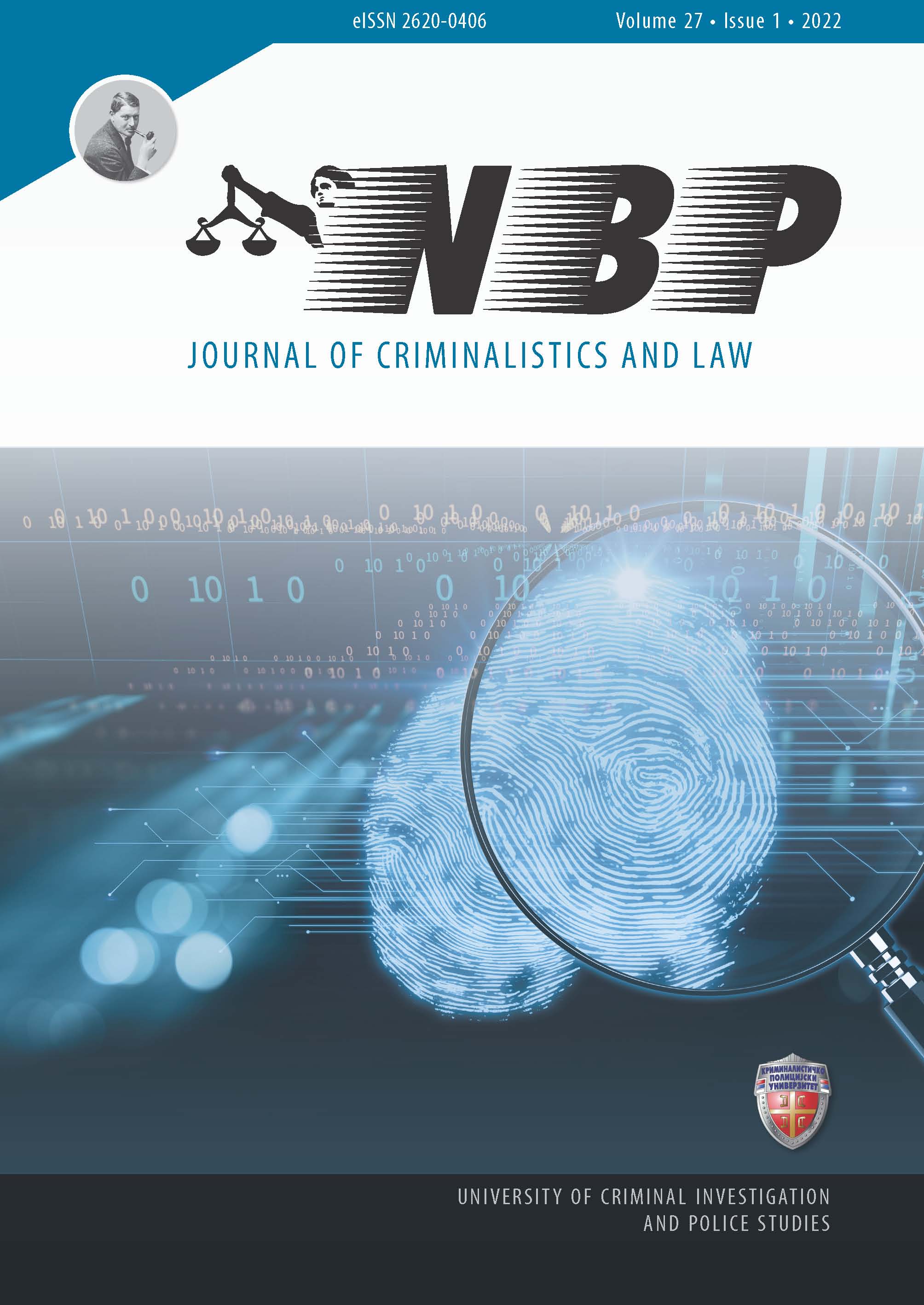Body Composition in Serbian Police Officers
Body Composition in Serbian Police Officers
Author(s): Marko Vuković, Dane R. Subošić, Marina Đorđević-Nikić, Milivoj DopsajSubject(s): Social Sciences
Published by: Kriminalističko-policijski univerzitet
Keywords: body composition; bioimpedance; male; Serbian police
Summary/Abstract: Background. Police work belongs to the category of exceptionally responsible and psychologically , socially and physically strenuous and stressful professions. Occupational pressures can lead to a significant negative change in the level of nutrition, thus affecting body structure. Therefore, the goal of this paper was to analyze body composition in Serbian police personnel as related to their professional duties. Methods. 689 healthy male participants took part in this research, a control group of 412 civilians, and a group consisting of 277 male members of the Ministry of Interior of the Republic of Serbia, divided into 4 subgroups: Uniformed Police Administration (Directorate) (N = 38), Police Brigade (N = 127), Gendarmerie (N = 59) and Special Anti-Terrorist Unit (N = 53). The body composition measurements were realized by using multichannel segmental bioimpedance with InBody 720 apparatus. Results. Regarding different components of body fat, in comparison to the control group, police officers were found to have a higher value of BFM-body fat mass, VFA-visceral fat area, and BFI-body fat index, as well as a lower value of PFI-protein fat index. Conclusions. In view of the fact that body fat is a ballast component in good locomotion and a health risk factor in case of large or extreme surplus, we believe that this problem should be solved systematically through permanent evaluation, improved dietary habits and more regular and intensive physical activity.
Journal: NBP – Nauka, bezbednost, policija
- Issue Year: 27/2022
- Issue No: 1
- Page Range: 43-59
- Page Count: 17
- Language: English

